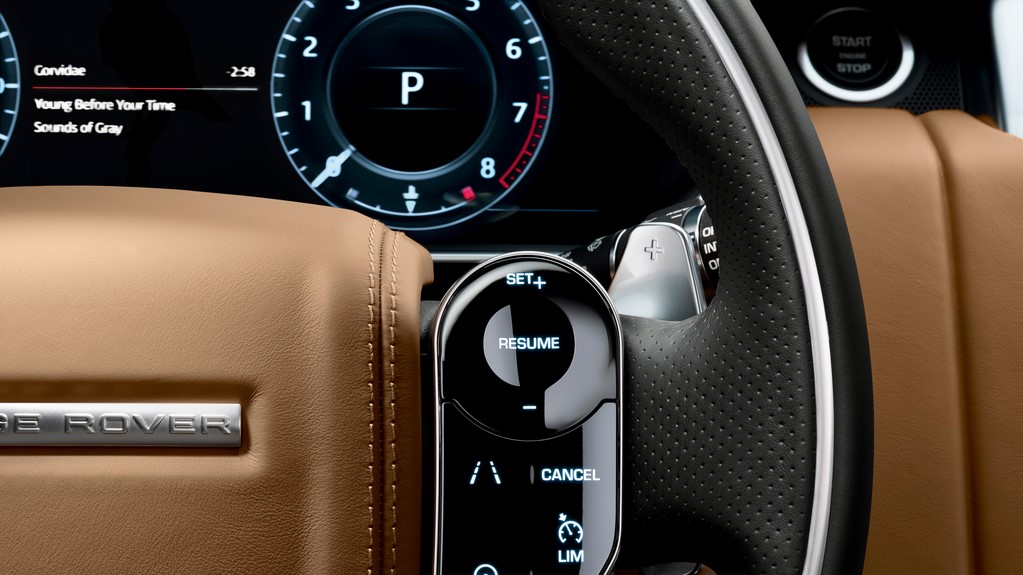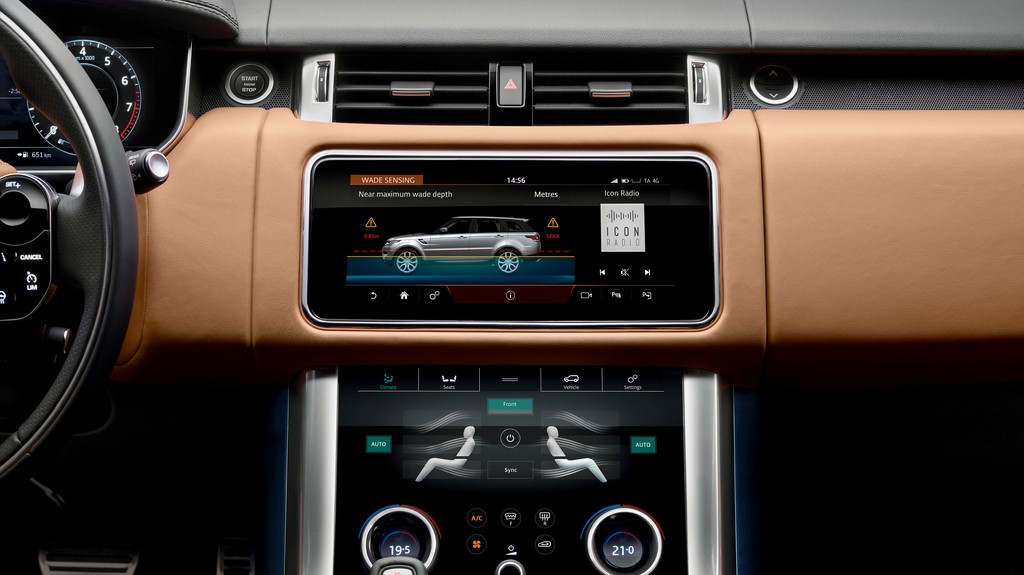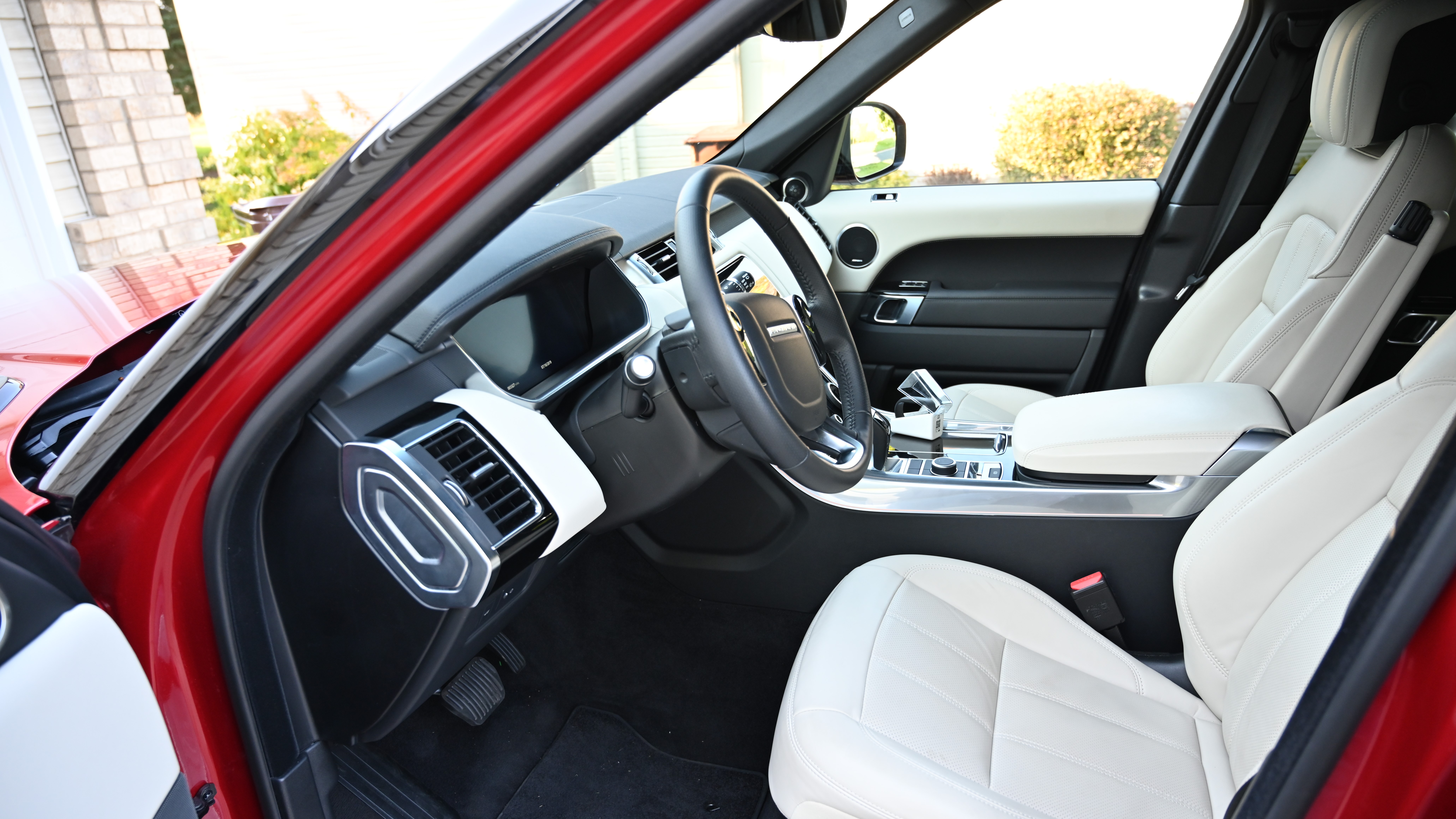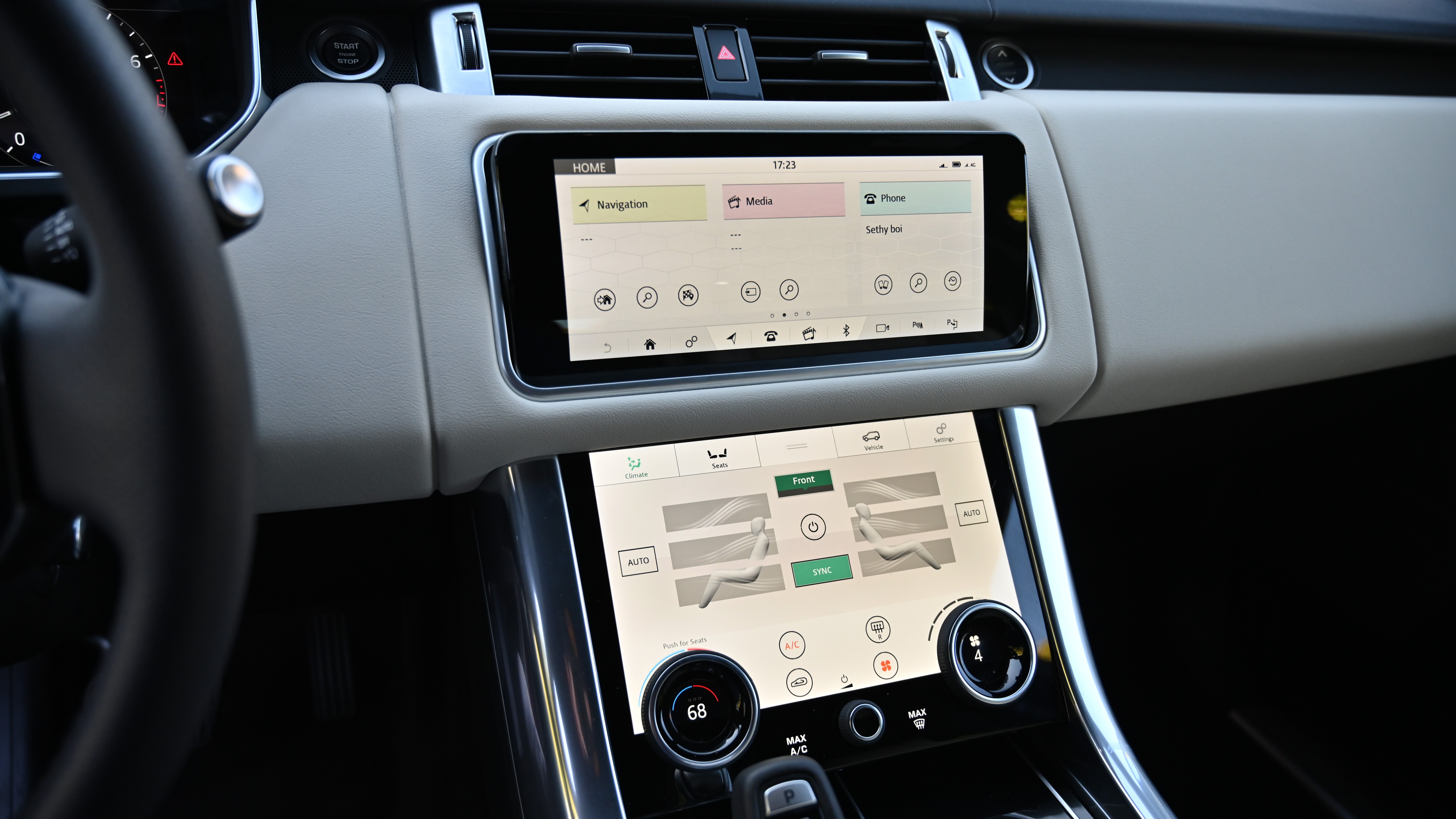How the Activity Key in a 2019 Range Rover Sport prepares you for a phone-free future
No keys or fobs – just hop in and go

Ah, the trusted keyfob. Ever since automotive companies moved away from the keys your grandpa used way back in the 50s and 60s and offered push-button starts, we’ve been using keyfobs to lock and unlock our vehicles; they also allow us to start them. It’s handy to jump in with the keys in your pocket and still start the engine and drive off.
Recently, a few luxury brands have started moving away from the keyfob. Last year, BMW introduced a digital key that runs on your phone. To unlock the vehicle you hold your phone near the door handle. The only bummer is that you still need your phone.
In a 2019 Range Rover Sport, you don’t need a keyfob or even a phone. In fact, you can leave your keys and smartphone in the vehicle. The Activity Key is a weatherproof wristband you can wear when you go for a hike or a run, or just up to a coffee shop.
Lock your keys inside – deliberately
To make it work, you first need to turn the Range Rover off, roll up the windows, and leave the keyfob in the vehicle. Then, when you close the door, there’s a 30-second window when you can put the wristband on your wrist, then hold it near the Land Rover logo on the liftgate. This locks the vehicle with the keys inside, which can be a bit disconcerting.

When you return, you press the handle on the liftgate to activate the sensors for 30 seconds again, then place your wrist on the R of the Range Rover title to unlock.
It works fast and it’s secure, but it might take some adjustment in how the locking and unlocking work compared to a keyfob, and to the fact that you can hop in and drive without doing anything but press the start button (because the keyfob is still within range).

You can’t use the wristband by itself unless the keyfob is present, however. I imagine a future version won’t have anything to do with the keyfob.
Sign up for breaking news, reviews, opinion, top tech deals, and more.
Wrist management
I have a slight issue with all of this in that I wished the wristband would do much more than lock and unlock. It would be cool if the device also tracked my activity and possibly even had features like voice interaction (again, since the idea is to leave your smartphone behind it would be good if it even had some GPS capability).
That’s a lot to ask. For now, the wristband is a sign of what’s to come from automotive brands as we enter the age of automated driving.
One hint? There will be an interesting fluidity and synchronicity between real life and driving a car. Someone who owns a Range Rover and likes to get outside and go for a run might appreciate being able to leave the keyfob behind, but it could all go much further.

I know someday the displays in cars will be bigger and more useful. Maybe someday we will jot down notes at work in a digital pad and then those would appear later in the car. If we’re holding a video conference call, we will be able to continue the chat while we drive.
Like the new summon feature with Tesla (the latest version allows owners to retrieve their car from a parking lot), we might direct a future Range Rover to drive to where we will finish a run. We might command the car from the wristband and ask it to fill up on fuel as well.

This intersection is in an infant stage. The displays, networking, AI, autonomous and automated driving, and even behavioral characteristics of a car could all adapt to our lifestyle. A runner or cyclist would buy a Range Rover Sport, but someone who is more into movies and media would purchase a Range Rover model equipped with more entertainment features someday.
I also envision a day when the phone is not even part of the equation. We’ll use a device like a wristband (or earbuds) that do everything a phone can do besides providing the display. Everything around us at work, at home, and in the car will provide the visual interface.
On The Road is TechRadar's regular look at the futuristic tech in today's hottest cars. John Brandon, a journalist who's been writing about cars for 12 years, puts a new car and its cutting-edge tech through the paces every week. One goal: To find out which new technologies will lead us to fully self-driving cars.

John Brandon has covered gadgets and cars for the past 12 years having published over 12,000 articles and tested nearly 8,000 products. He's nothing if not prolific. Before starting his writing career, he led an Information Design practice at a large consumer electronics retailer in the US. His hobbies include deep sea exploration, complaining about the weather, and engineering a vast multiverse conspiracy.